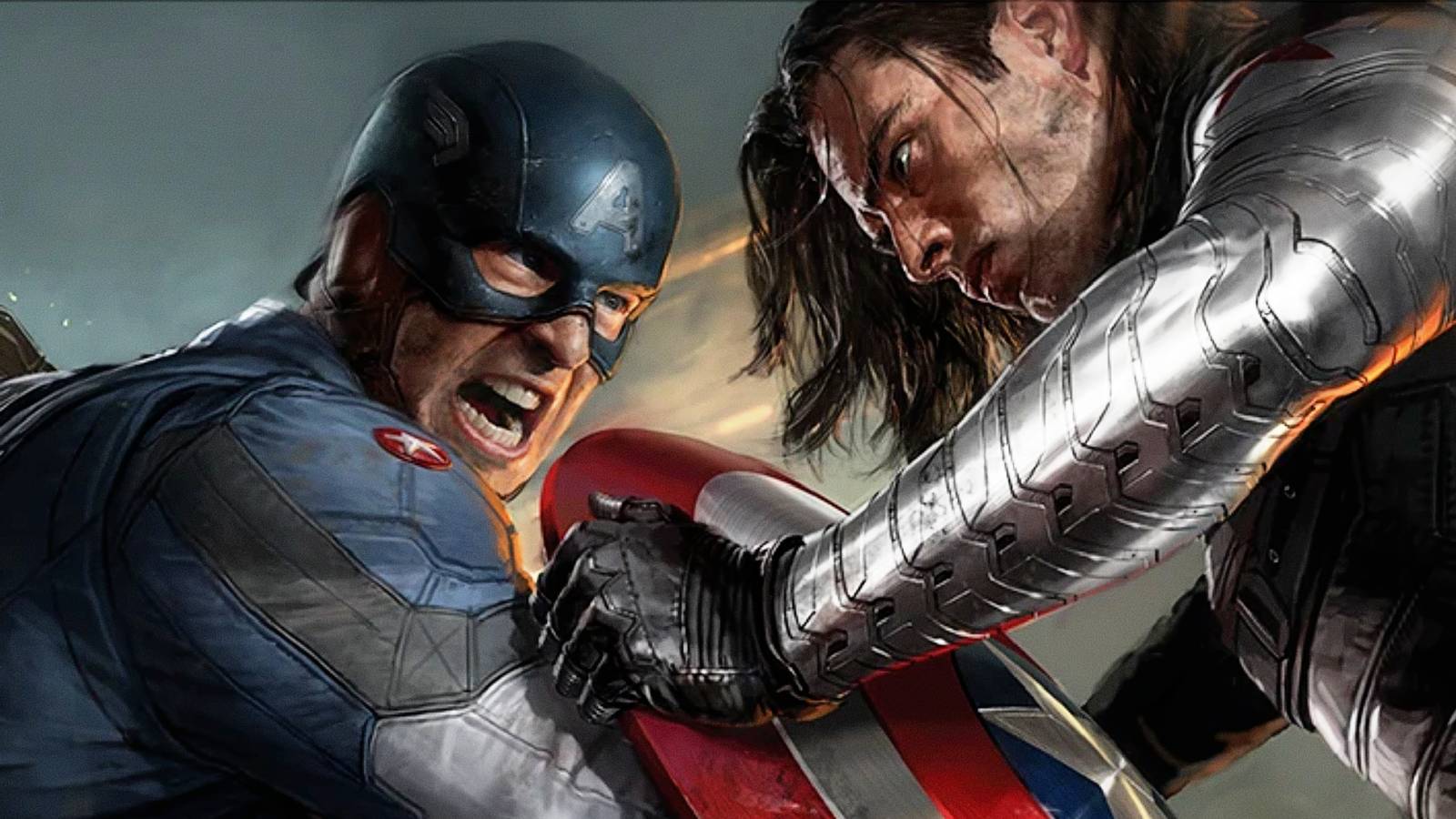Some Marvel retcons are so good they have rewritten comic book history permanently. Marvel has managed to keep its characters both timeless and timely. Spider-Man, the X-Men, Iron Man, and countless others remain instantly recognizable no matter the era, while still evolving to reflect current cultural trends and real-world issues.
Still, Marvel hasn’t shied away from making bold, sweeping changes to its comic book universe. Sometimes these risks don’t stick the landing and get quietly erased, but other times they’re so effective that they completely redefine the characters. Entire eras of Marvel storytelling have been reshaped by such changes, with the original plans or ideas getting replaced with something much better.
Magneto’s Helmet Protects Him From Telepathy
Magneto’s Helmet Is A Shield Against Psychic Attacks Thanks To The X-Men Movies
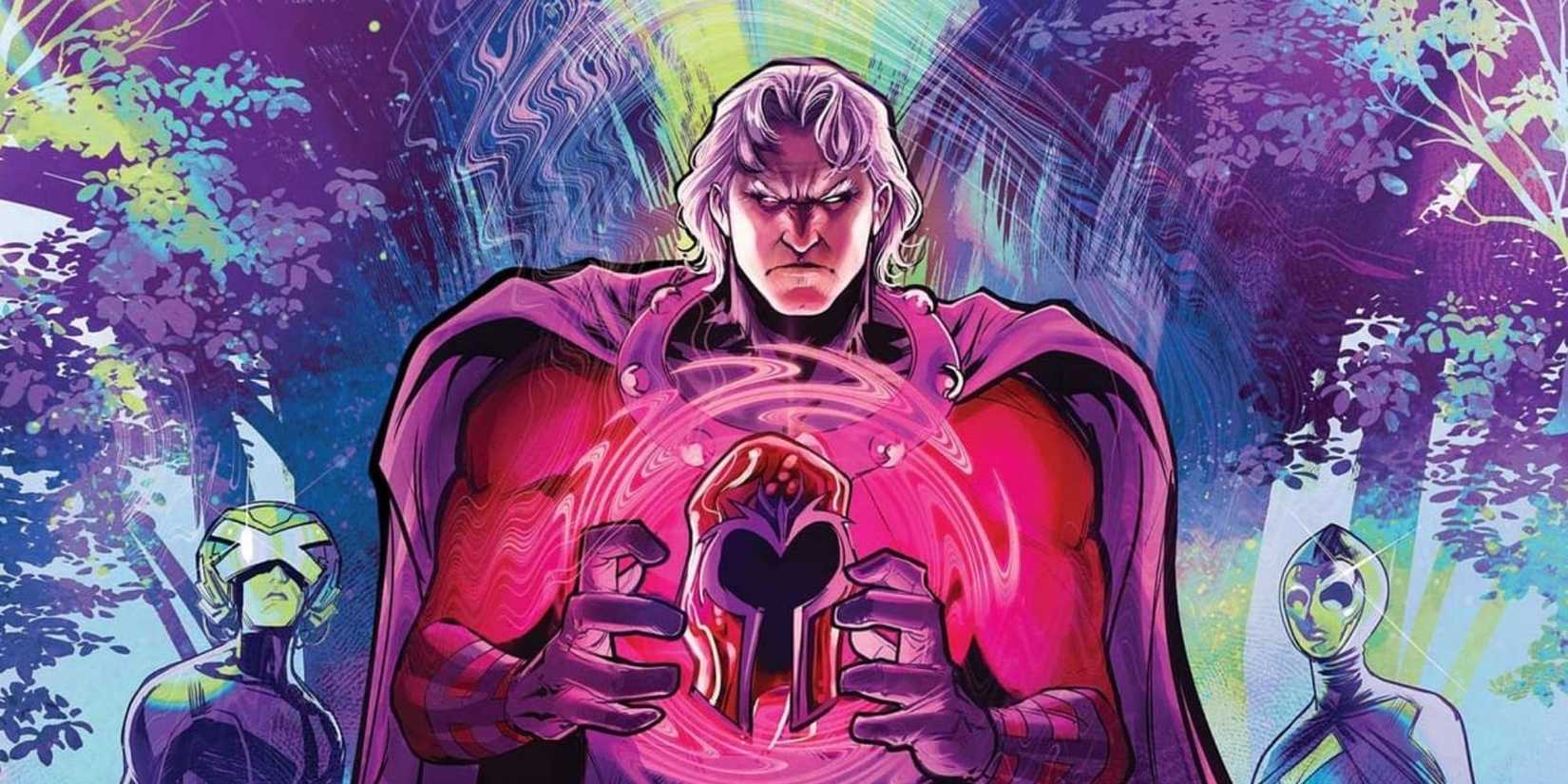
Magneto crushes helmet while Xavier and Destiny watch on Lucas Werneck’s Immortal X-Men #1 cover art
While iconic since the villain’s debut, Magneto’s helmet was first presented as another element of his imposing appearance. Originally, the helmet served no real purpose beyond matching Magneto’s regal costume. Likewise, Magneto was first depicted as a powerful mutant supremacist, but his relationship with Charles Xavier and their ideological battles still lacked their intimate depth.
The turning point came with Fox’s first X-Men movie, which retconned Magneto’s helmet into a shield against Professor X’s telepathy, tying Magneto’s visual identity to his lifelong relationship with his closest friend and ideological rival. The psychic shield idea usually extends to Juggernaut, who has his own complex history with his telepathic half-brother.
Captain America Is Frozen For Decades
Steve Rogers Returned At The Perfect Time
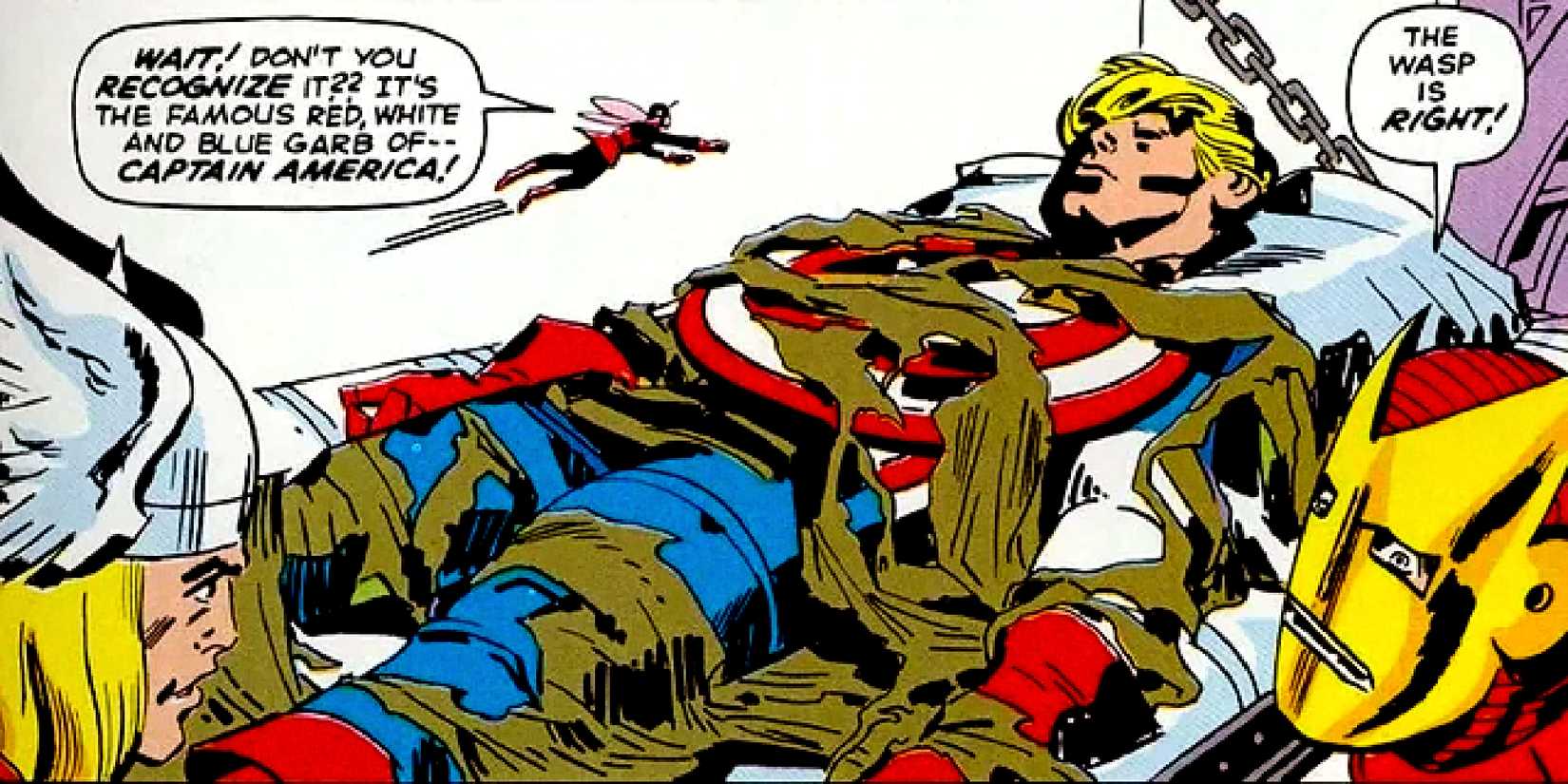
The Avengers watch a frozen Captain America be thawed in Marvel Comics
Captain America is one of Marvel’s oldest icons, born in the patriotic fervor of World War II. But after the Golden Age ended, his comics faded, and his 1950s revival struggled so much that Marvel later explained that era’s Cap as an impostor. By the early 1960s, Captain America’s future looked grim. Steve Rogers was a relic of wartime propaganda with little space in the rapidly modernizing Marvel Universe Stan Lee and Jack Kirby were building.
That changed in 1964’s Avengers #4, when Lee and Kirby retconned Steve Rogers’ absence into a decades-long cryogenic sleep. This bold twist made Cap a man out of time and added loss and displacement to his character. Captain America’s lost years continue to shape his personality and ideology to this day. Besides, Cap’s return gave the Avengers their moral compass and leader right when they needed it.
Wolverine’s Claws Are Part Of His Body
Logan’s Claws Almost Were Just A Pair Of Gloves
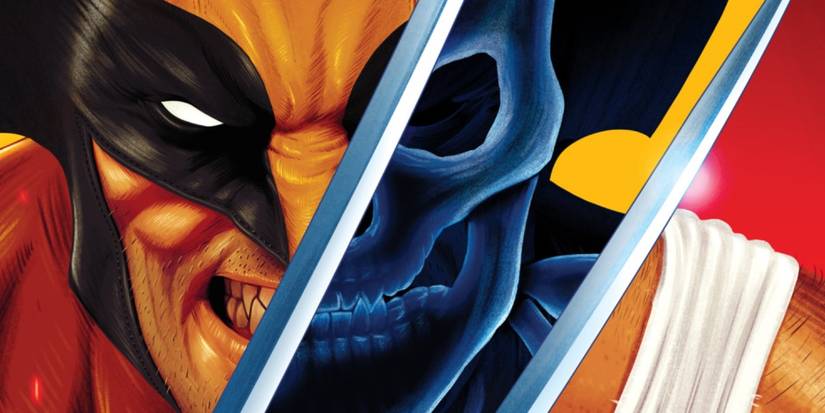
art of wolverine with his claws and an x-ray skull
When Wolverine debuted in the 1970s, whether his claws were part of his gloves or part of his body was ambiguous. Writers and artists skirted the issue during Wolverine’s first appearances, as they struggled to communicate which direction each of them was taking. Fortunately, it didn’t take long for Wolverine to appear with his claws out without gloves.
This might be one of the sneakiest but most significant retcons in Marvel history. Although Logan could have thrived with accessory claws just like Spider-Man thrives with mechanical web-shooters, Marvel reimagined Wolverine’s adamantium claws as both gift and curse. Wolverine’s claws tie directly into his mutant identity, his traumatic Weapon X experimentation, and the constant physical toll of his powers.
Uncle Ben Delivers The Quote About Power & Responsibility
Stan Lee Originally Delivered The Power & Responsibility Line
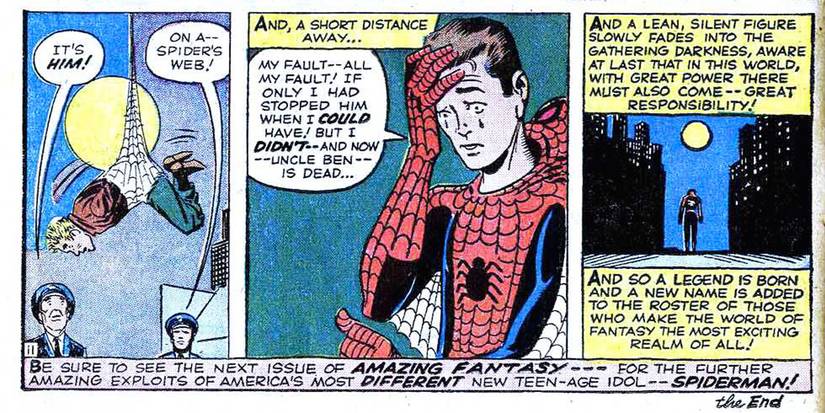
Comic panel featuring the first time “With Great Power Comes Great Responsibility” was said in a Spider-Man story
Spider-Man’s debut issue closes with one of the most famous lines in comics: “With great power there must also come great responsibility.” Originally, though, the iconic quote appears in a narration box as a moral summation of Peter Parker’s first tragic mistake. For years, the quote existed as an omniscient reflection rather than an in-universe lesson.
The responsibility quote was retconned into being a piece of advice from Uncle Ben decades later. Years later, Sam Raimi’s Spider-Man made it an essential part of Spidey lore. Uncle Ben’s responsibility quote became not only Spider-Man’s creed but also the final, enduring echo of the man whose loss shaped Peter Parker the most.
Weapon X Is The Tenth In A Long Line Of Experiments
It’s Not Weapon X, It’s Weapon 10
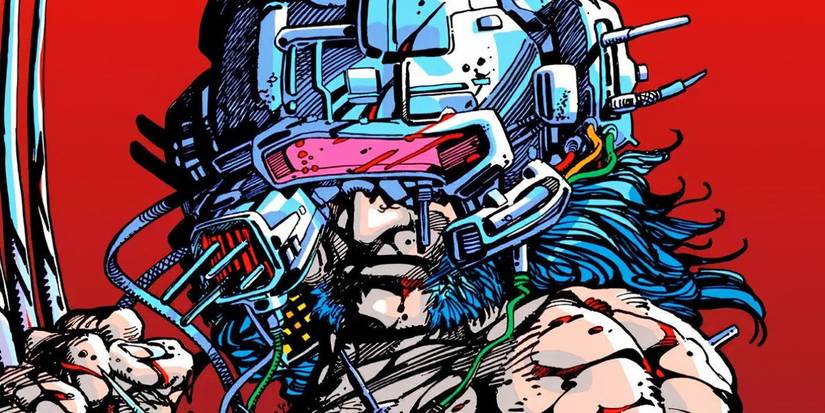
Wolverine in Weapon X helmet in Marvel Comics
When Wolverine’s backstory first expanded, Weapon X was the singular project that bonded adamantium to his bones. The program was terrifying in scope, but for years it was portrayed as a one-off event. Logan’s trauma and memories revolved around this single experiment, with no greater implications for the Marvel Universe.
Then, 2002’s New X-Men #129 revealed that the “X” in Weapon X is the roman numeral for “ten”, and that Weapon X is part of the larger Weapon Plus program stretching back to Captain America as Weapon I. Suddenly, Logan’s suffering was tied to a vast lineage of secret experiments, from the Stepford Cuckoos to Deadpool. A single reveal made Marvel’s X-Men mythology much richer.
Bucky Barnes Is Transformed Into The Winter Soldier
Bucky Barnes Went From Permanent Death To A Fan-Favorite Anti-Hero
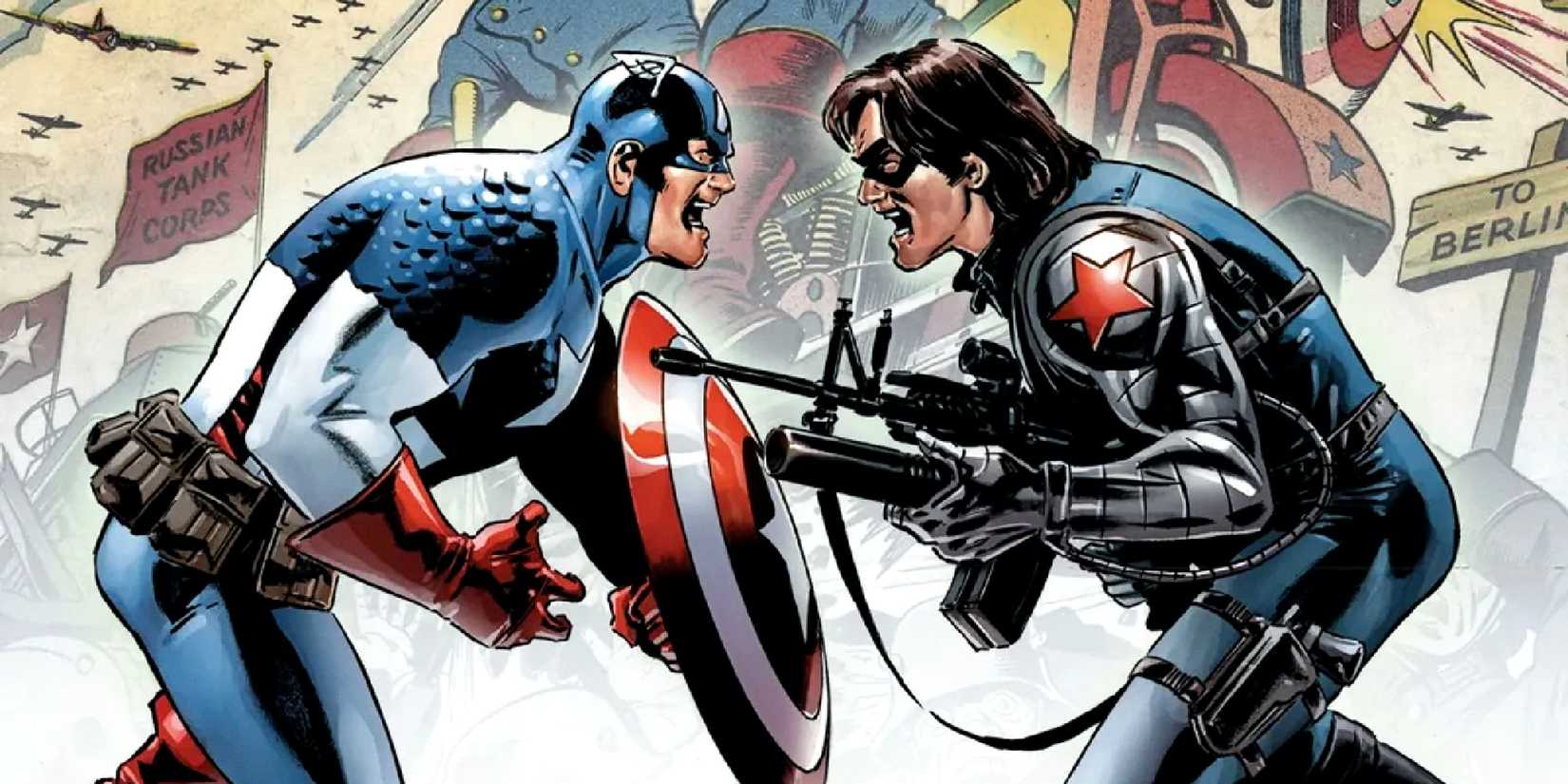
Bucky Barnes aka Winter Soldier and Steve Rogers fight in Captain America Vol 5 #14
For decades, Bucky Barnes was remembered only as Captain America’s tragic sidekick, lost in the final days of World War II. Bucky’s death was so defining that it became one of Marvel’s “untouchable” rules, sharing his fate with Uncle Ben and Gwen Stacy. Bucky was written off as a relic of Cap’s past and a symbol of the innocence lost in the war.
Decades later, Ed Brubraker’s 2005 Captain America run reinvented Bucky as the brainwashed Soviet assassin, Winter Soldier. Bucky went from a dead child sidekick to a dark mirror to Steve Rogers. Since then, Bucky has remained an A-list Marvel anti-hero and the inspiration for one of Marvel’s most acclaimed movies.
Moon Knight’s Multiple Secret Identities Are Actually Separate Alters
Moon Knight Is Now Synonymous With DID
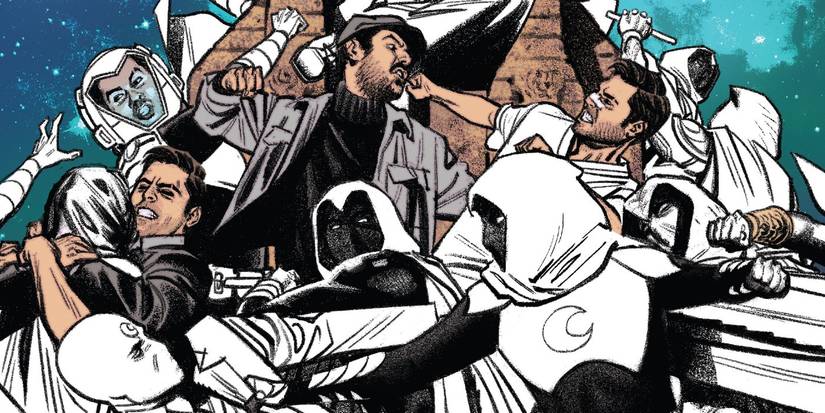
Moon Knight’s alters fight each other
When Moon Knight debuted, Marc Spector’s different identities were originally an elaborate set of secret identities. These roles let him infiltrate different parts of society while keeping his hero identity hidden. For some time, Moon Knight resembled Batman more than he did his own modern iteration.
Later stories reframed these identities as manifestations of Marc Spector’s dissociative identity disorder, fundamentally altering how Moon Knight is portrayed. Instead of disguises, Steven Grant and Jake Lockley became separate alters, each with their own voice and perspective. Since then, Moon Knight’s DID has been essential to his comics and his MCU adaptation.
Blade Is The Sunlight-Immune Daywalker Vampire
Blade Makes More Sense As A Vampire-Hunting Vampire
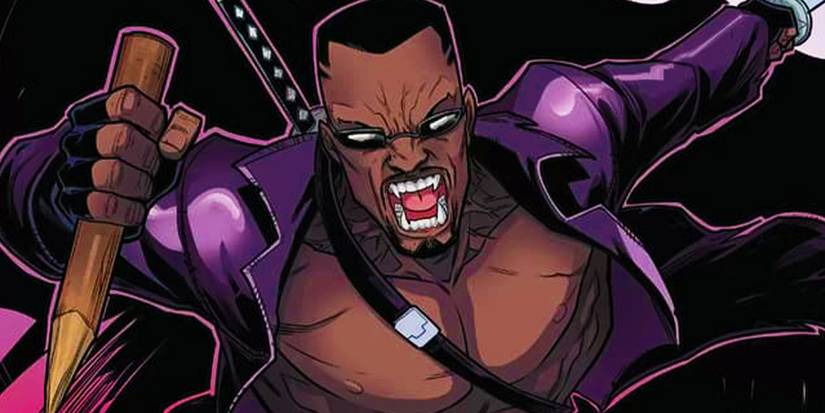
Blade with a wooden stake, jumping into action and baring his vampire fangs in Marvel comics
When Blade first appeared in the comics, he was simply a vampire hunter with immunity to vampirism. Eric Brooks’ powers were fairly limited compared to other supernatural characters, and for years he was treated as a gritty street-level fighter. It wasn’t until Blade’s 1998 movie introduced the idea that Blade became a half-vampire Daywalker.
As the Daywalker, Blade became immune to sunlight and was gifted enhanced speed, strength, and senses. Today, Blade being a half-vampire seems like a logical concept. Yet, it took long for the idea to be conceived, and only because Blade needed an upgrade for his movie debut.
Hulk Is Born From Bruce Banner’s Trauma
Hulk Is More Than A Simple Gamma Transformation
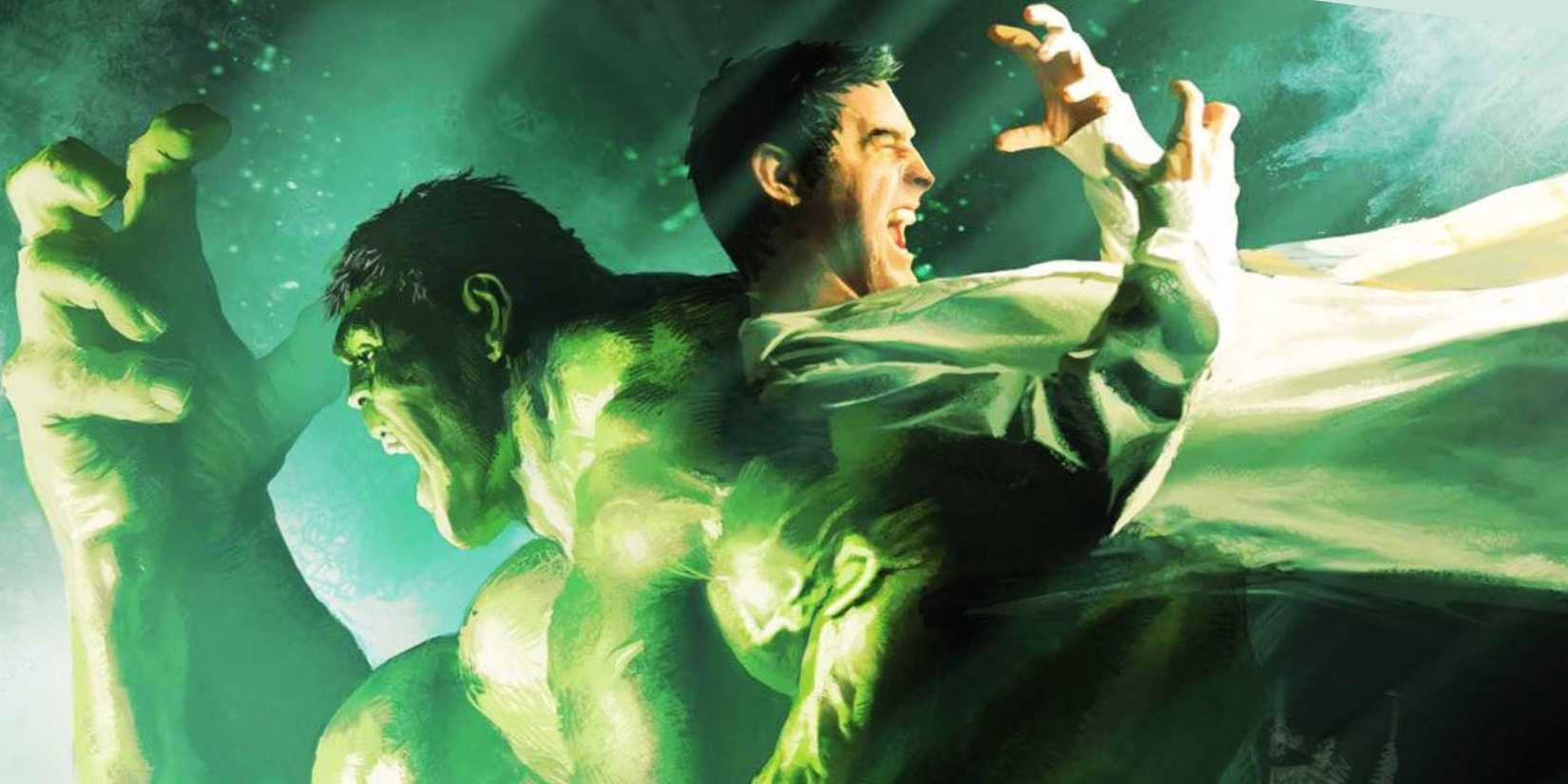
Hulk and Bruce Banner
In Hulk’s earliest stories, Bruce Banner’s Gamma transformation is explained almost entirely as the result of gamma radiation exposure. Hulk was a scientific accident, with little exploration of Bruce Banner’s inner life. For years, Banner and Hulk’s dynamics are presented as a Jekyll-and-Hyde situation, with science as the sole driver of their curse.
Modern interpretations retconned Hulk’s origin as rooted in Bruce Banner’s childhood trauma and lifelong repression, with a dose of cosmic horror and a layer of dissociative identity disorder. Gamma radiation was the trigger, but Banner’s fractured psyche and trauma gave birth to Hulk’s many personalities and forms. This retcon elevates Hulk way beyond an experiment gone wrong.
Marvel History Works On A Sliding Timescale
Marvel Doesn’t Have To Explain Why Its Characters Apparently Never Age
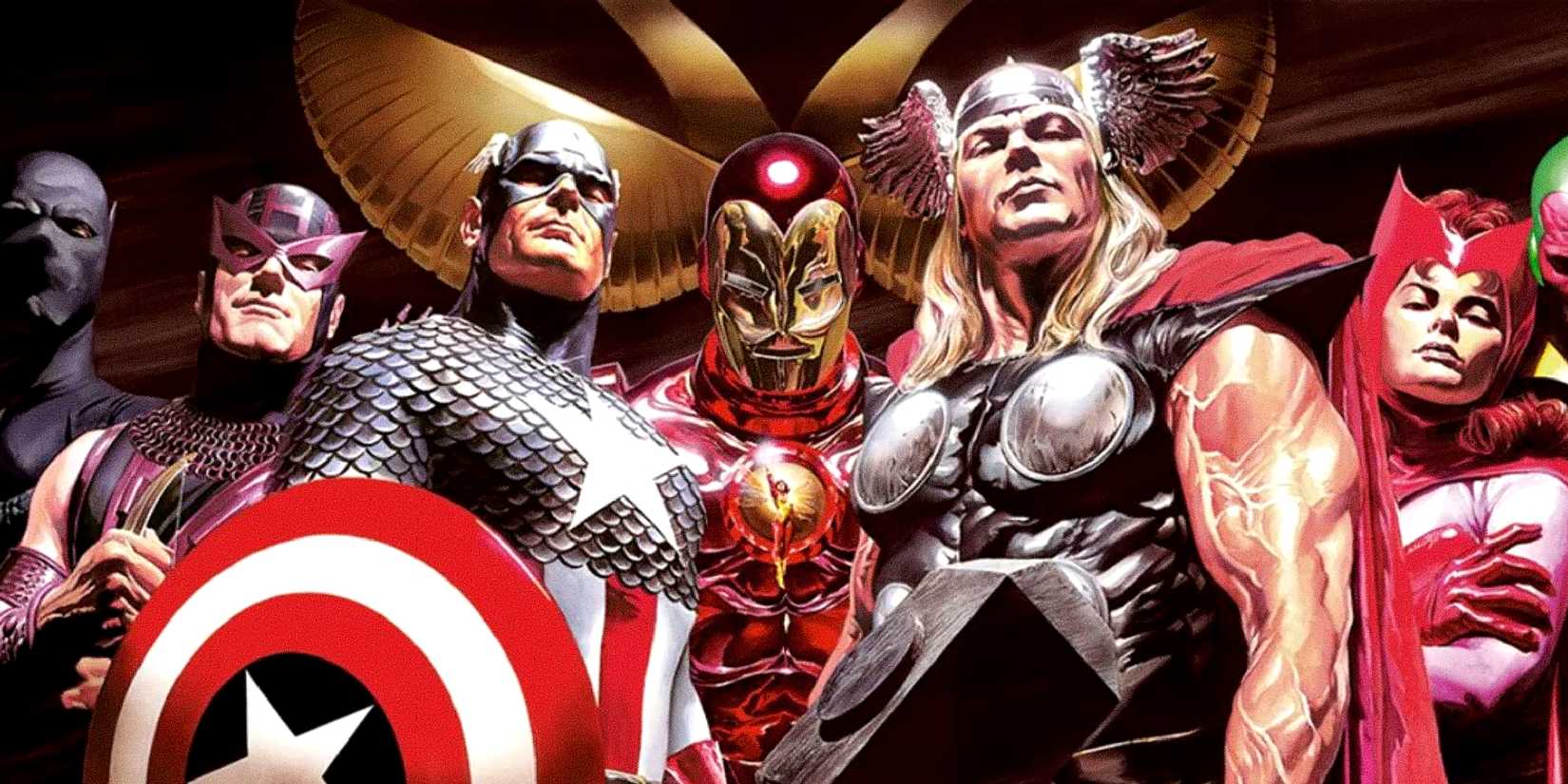
The Avengers assemble in Marvel Comics art by Alex Ross
At some point, Marvel characters crossed a point where their age no longer matched their supposed birthdate. Naturally, their story extending indefinitely became unsustainable. Spider-Man cannot remain a teenager forever, and Iron Man’s origin tied to Vietnam eventually aged out of relevance. Without a mechanism to update their pasts, Marvel risked keeping its characters trapped in outdated settings.
The solution was brilliantly simple. Marvel’s sliding timescale compresses history so that major events always happen “a few years ago,” no matter the publishing date. This allows Spider-Man to remain perpetually in his late twenties, while Tony Stark’s origin shifts to Afghanistan, and likely to another war in the future. The sliding timescale keeps characters modern and relatable and avoids copying DC’s disruptive cyclical reboots.

